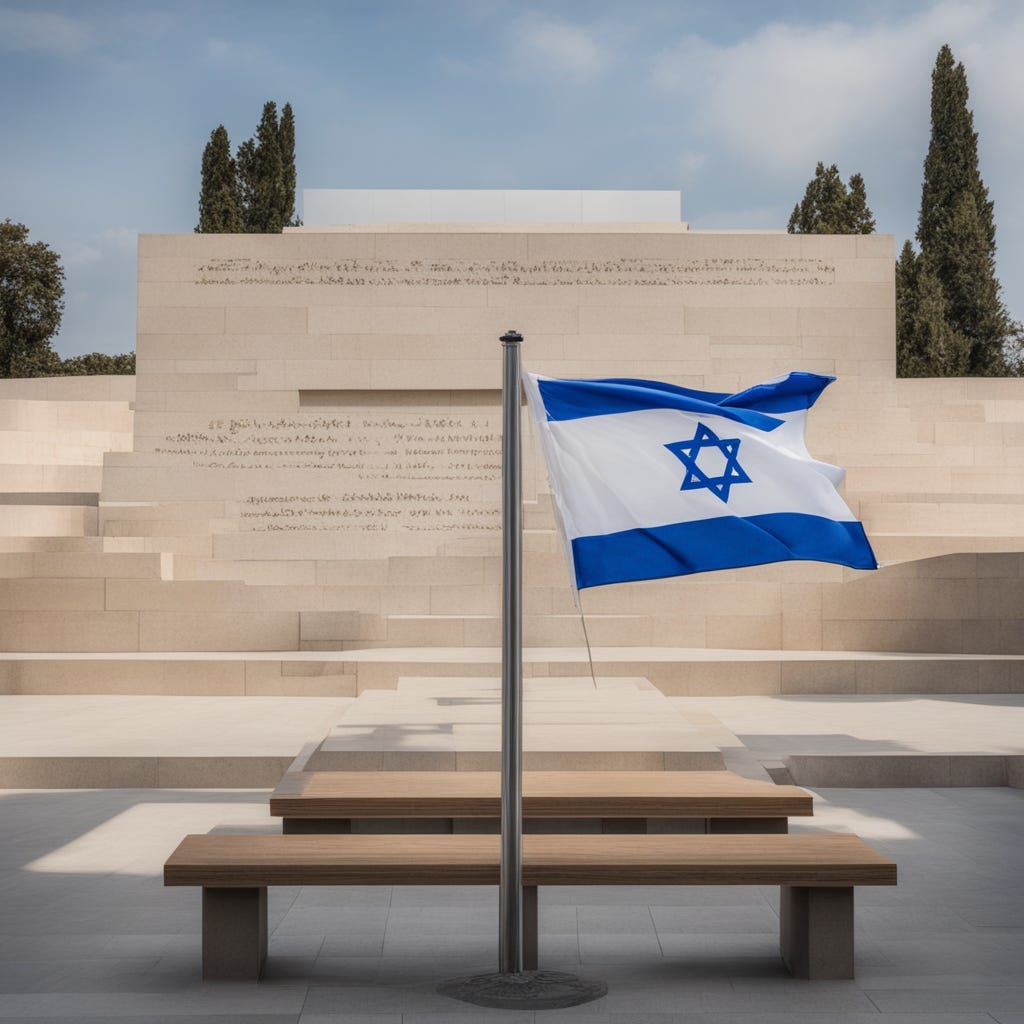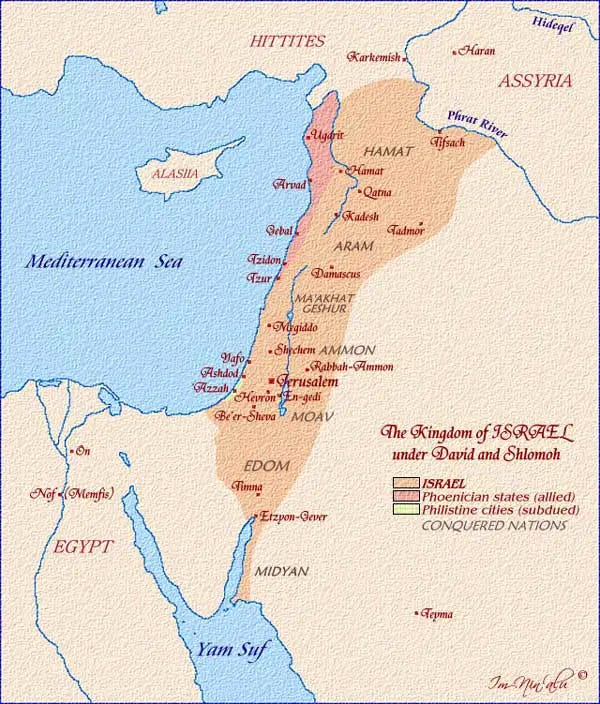Israel: A Chosen People In A Promised Land - Part 4
A PROMISED LAND:
A people group cannot be a nation without having a land to call their own. They can be an ethnic group, but not a ‘nation’. The term nation implies having land that the people group inhabits, grows on and controls. It is to this part of the promise that we turn.
There are several places where the lands that Yahweh has promised Israel are expressed. One such is Genesis 15:18-21.
Genesis 15:18-21 states “On the same day the Lord made a covenant with Abram, saying:“To your descendants I have given this land, from the river of Egypt to the great river, the River Euphrates — the Kenites, the Kenezzites, the Kadmonites, the Hittites, the Perizzites, the Rephaim, the Amorites, the Canaanites, the Girgashites, and the Jebusites.”
This is a sizeable piece of land, which extends from a place in the Negev Desert (if the river of Egypt is not the Nile – which then makes the area of land larger) called ‘Wadi El Arish’ all the way north to the Euphrates River and out into what is now, modern day Jordan.
Simplified maps of this can be seen below…
Maps 1 & 2 – Genesis 15 “Promised Land”[1]
After the 40 years of desert wanderings, Yahweh reaffirms his covenant and promise of their own land to Joshua, who had taken over leadership from Moses (who was not allowed to enter into the promised land due to his disobedience).
Deuteronomy 31:23 states “The Lord gave this command to Joshua son of Nun: “Be strong and courageous, for you will bring the Israelites into the land I promised them on oath, and I myself will be with you.”
Then instructions were given to Joshua on how to divide up the land of Canaan as can be seen in the book of Joshua chapters 13-21. Those instructions laid out in the map below.
Map 3 – 12 Tribes of Israel[2]
You can see from this map that the area to be inhabited and controlled by the 12 Tribes of Israel are almost the same as the current boundaries of the nation of Israel, except the areas of Reuben, Gilead and Manesseh which are in current day Jordan.
It is interesting to compare these lands to that of the Kingdom of Israel during the reigns of King David and his son Solomon. You see a very similar pattern of boundaries in the map below, which shows the central kingdom directly ruled by King David and Solomon, as well as the extended territories that were under their economic and military control.
Map 3 – Davidic Kingdom[3]
These areas given to Joshua by God consolidated the covenant relationship between the offspring of Abraham and Yahweh. From the time of Joshua, through the Davidic kingdoms, until the present day, members of the tribes have been present in the land of Israel – no matter who was in control. From these boundaries we can see that the modern state of Israel is well covered, and any claim that Palestinian interests have over the land are void.
You may question the current relevance of a nation of Israel and whether or not it has claim to the lands given to it by Yahweh. The next section explores the historical relevance of Israel and how the Jewish people have faced oppression since the exile in 587BC until the creation of the state of Israel in 1948AD.
[1] Dr Galen Peterson, (2017), “It’s Still the Promised Land”, American Remnant Mission - http://remnant.net/promised_land.htm
[2] Jewish Virtual Library, (nd), https://www.jewishvirtuallibrary.org/the-twelve-tribes-of-israel
[3] Jewish Virtual Library, (nd), original map from - https://www.imninalu.net/maps.htm#David







